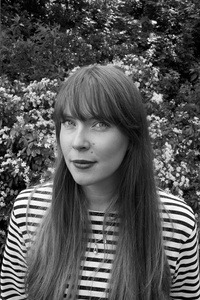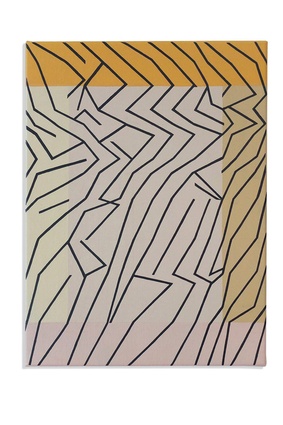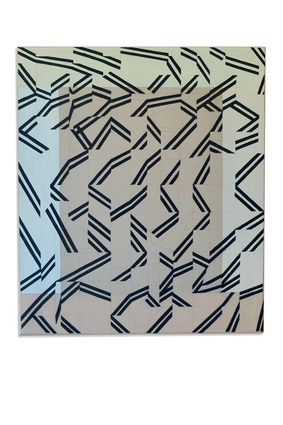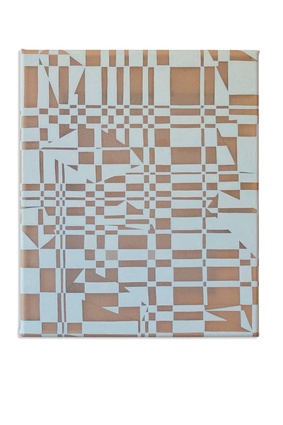Selina Foote
London-based Kiwi artist Selina Foote talks to Houses about discovering the abstract in portrait paintings by Manet and Rembrandt.
Houses: Your latest exhibition, ray, is an abstracted interpretation of historic portrait paintings; can you describe the process from inspiration to finished artwork?

Selina Foote: Each painting begins with a drawing that is developed in response to a historical portrait painting. This becomes a trigger to begin the painting process; it sets up the composition, the palette and the scale of each new work. Because of this, the paintings, as they are formed have something to work against.
Alongside these drawings a series of rules are introduced to develop the abstracted image. These rules are often formed in response to the material properties of the painting; the dimensions of the canvas, the vertical and horizontal axes, the width of the stretcher bars, are all tools that might inform the construction of the new image.
HS: You use a mix of silk and canvas on which to create your pieces; is there significance to the use of silk?
SF: Silk enables me to work with the physical components of a painting. It reveals what lies behind the surface of the painting, exposing the edge, the stretcher, the screws and even the wall behind. It allows the paintings to address their physical depth as objects as well as the environment that they are installed in. For instance, the wall where the painting hangs becomes visible through the silk, which determines the overall tone of the work as light reflects off the wall through the surface of the painting. Because of this the tone of the image changes depending on the light and space where the painting is viewed.
HS: Other than historic portraits, where else do you find inspiration?
SF: A large part of my research has been around the ‘death of painting’ and the so-called ‘endgame strategies’ of late modernist painting. I am interested in the whole trajectory of modernism leading up to this point and the generative potential of revisiting specific paintings and practices that lie within this field. This is what led me to investigate Manet and the beginning of modernist painting, whose work I use in particular as sources.
HS: Are you working on any new pieces at the moment?
SF: My paintings tend to develop in response to one another; an element from one painting might lead to variations in several different works. At the moment I’m particularly interested in working with bands of colour that mirror the support frame and incorporating them into a grid structure.
HS: You’re currently living in London, how is this influencing you?
SF: I’ve seen many paintings that I hadn’t had the opportunity to see in New Zealand. In terms of how this is influencing my work, I think might be something that I will be able to see more in retrospect.
• In New Zealand, Selina is represented by Two Rooms Gallery, 16 Putiki St, Auckland.












